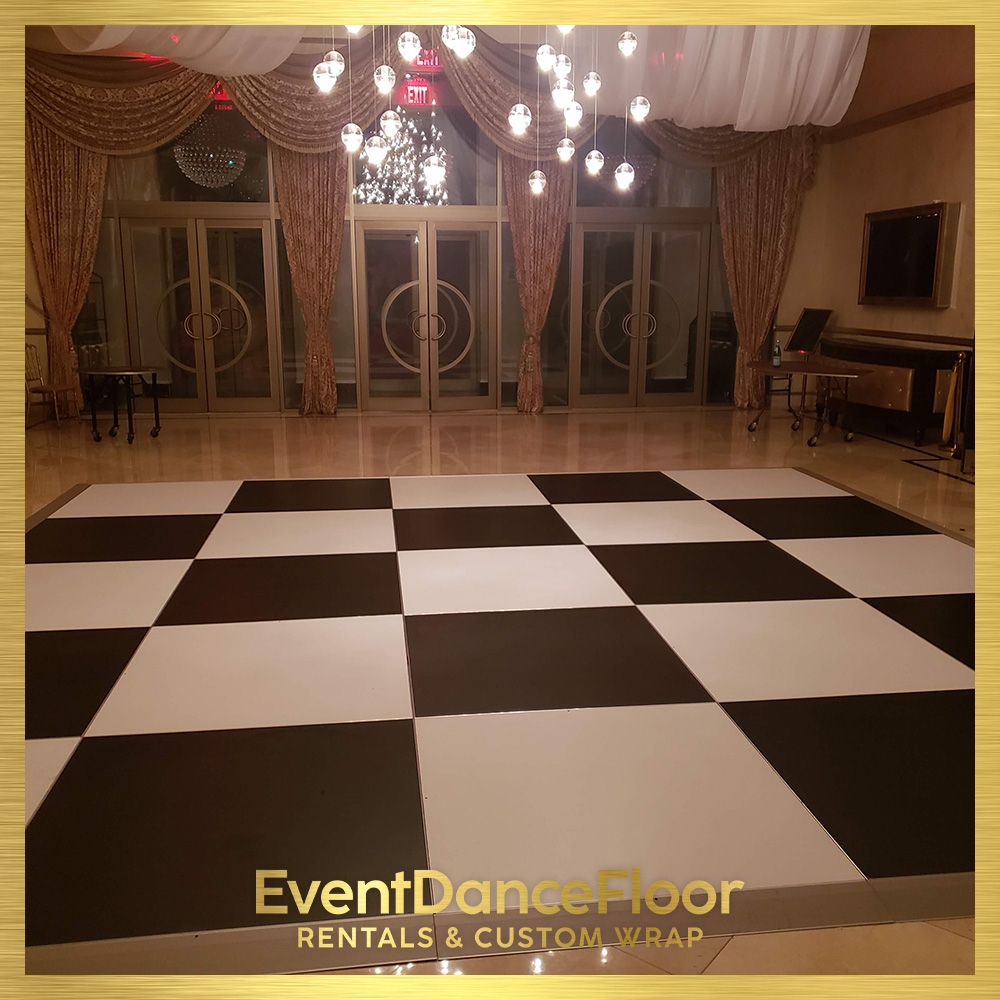Mobile Dance Surfaces
What are the best portable dance floors for outdoor events?
When it comes to the best portable dance floors for outdoor events, options like interlocking modular tiles or roll-out vinyl surfaces are popular choices. These types of dance floors are easy to transport, set up, and take down, making them ideal for outdoor events where a temporary dance floor is needed. They provide a sturdy and stable surface for dancers to perform on, while also being weather-resistant to withstand outdoor conditions.







